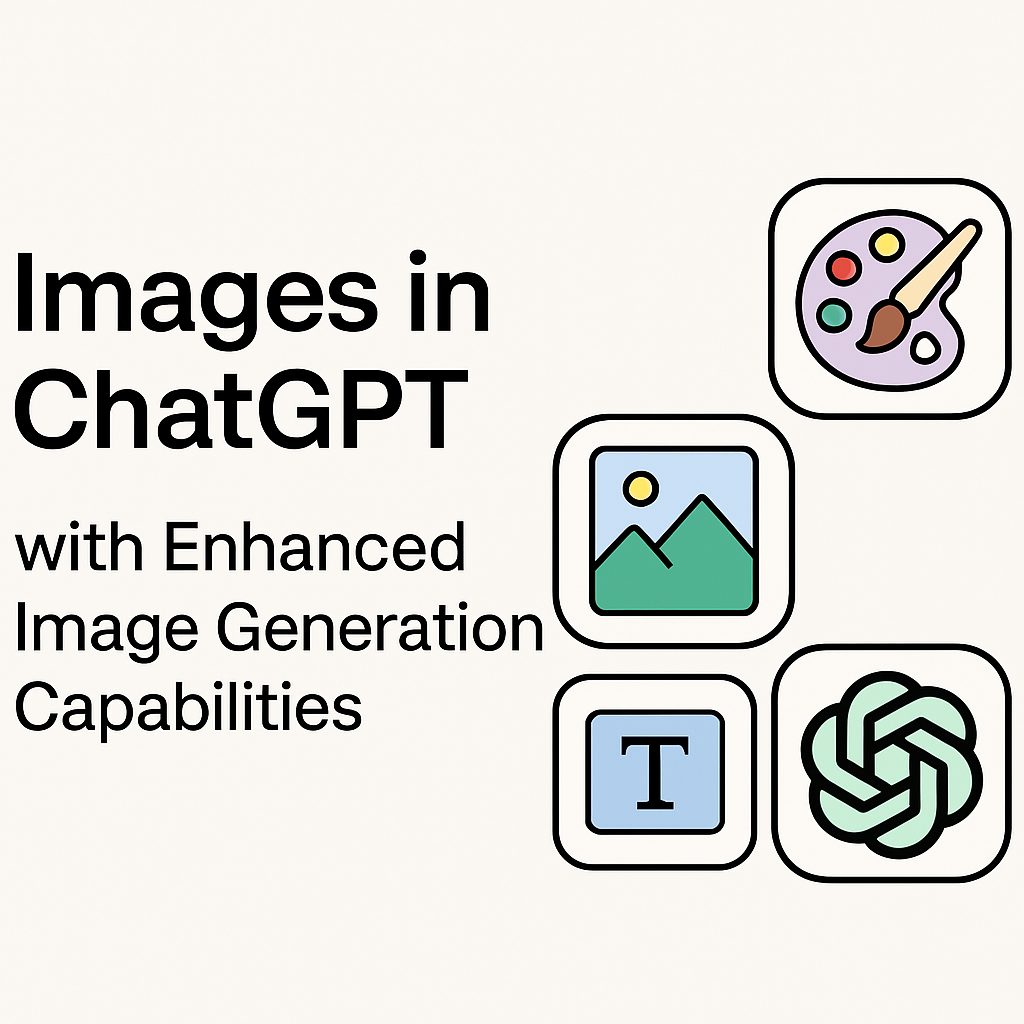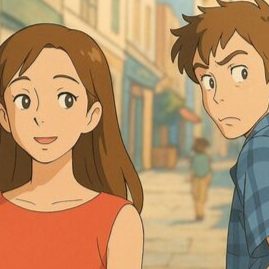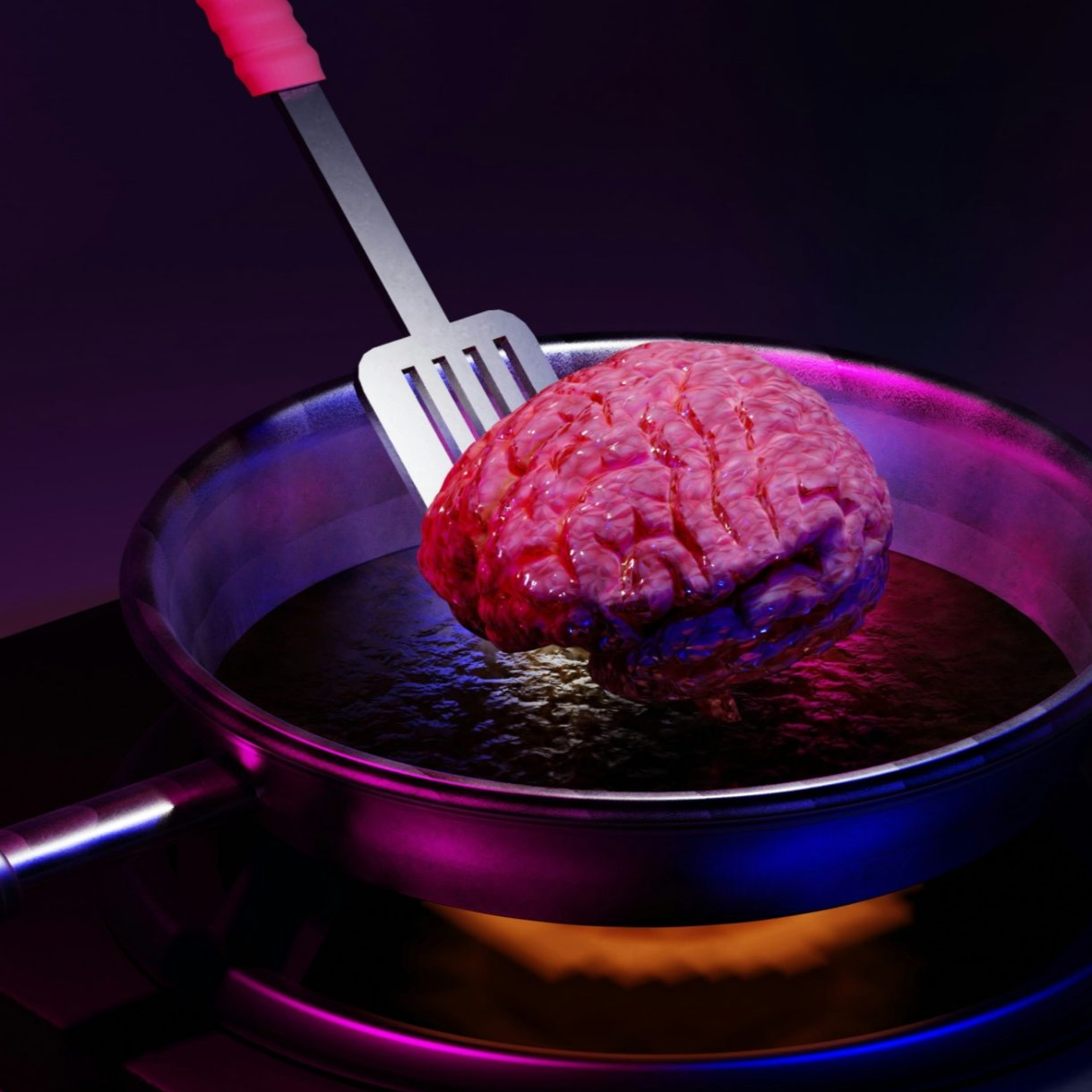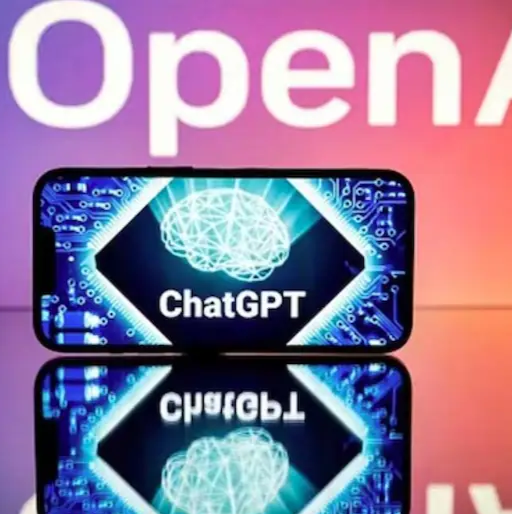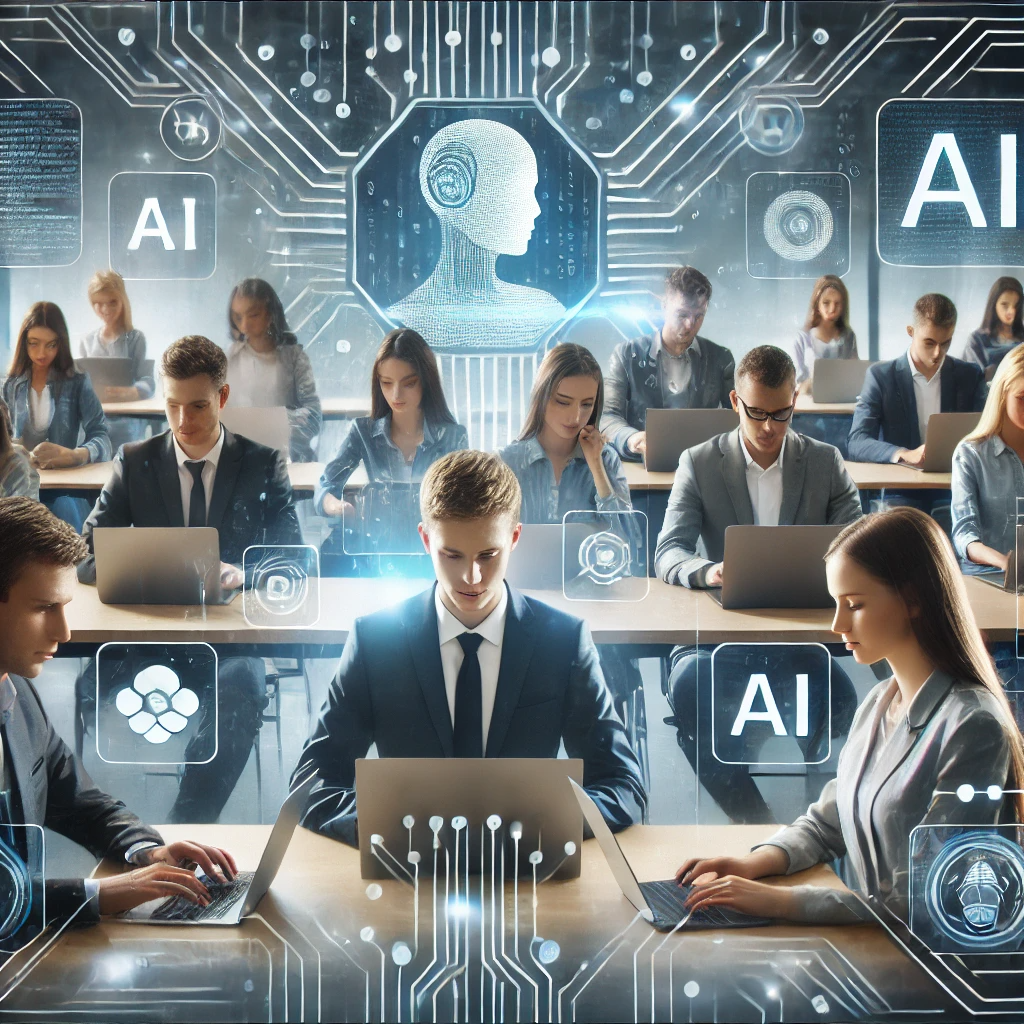A New Era of AI Creativity Begins
In a significant development in the field of artificial intelligence, OpenAI has introduced a new feature called “Images in ChatGPT”—a powerful image generation tool built directly into its ChatGPT platform. The tool harnesses the capabilities of GPT-4o, the company’s new “omnimodal” model, which can process and generate text, images, audio, and video.
This update represents a major leap forward in multimodal AI, pushing the boundaries of what generative AI can achieve in the realms of visual communication, education, business design, and digital creativity.
Available to All Users – Free and Paid Tiers Included
Unlike previous iterations that offered limited access to AI-generated images, this feature is being rolled out across all ChatGPT tiers, including Free, Plus, Pro, and Team plans. Although usage limits for free users align with those of DALL·E (around three images per day), OpenAI hinted that limits could evolve based on user demand. The paid tiers will enjoy extended access, with a smoother and more integrated experience within the ChatGPT platform.
GPT-4o: A True Omnimodal Model with Game-Changing Image Accuracy
The new system is powered by GPT-4o, a next-generation foundation model designed to understand and generate multiple types of data simultaneously. According to Gabriel Goh, Research Lead at OpenAI, the model introduces groundbreaking improvements in an area known as “binding”—how well the AI maintains correct associations between visual attributes like shape, size, and color.
Where older models might confuse prompts such as “a red square and a blue triangle,” GPT-4o is capable of accurately rendering 15 to 20 objects with precise attribute alignment. This accuracy is a substantial improvement over previous image generators, which typically struggled with more than 5–8 distinct items in a single image.
Significant Leap in Text Rendering
Another standout capability of the new feature is vastly improved text rendering within images—a longtime challenge in AI image generation. Previously, even leading tools like DALL-E often produced garbled or unreadable text when asked to include labels, titles, or speech bubbles.
Through months of iterative refinements, the OpenAI team has reached a point where image text is consistently usable, especially for titles, captions, and posters. Although small text may still occasionally falter, the overall progress makes this tool suitable for infographics, educational diagrams, business presentations, restaurant menus, and product labels.
How It Works: Autoregressive Generation for Better Quality
Unlike the common diffusion model approach, which renders images all at once, GPT-4o uses an autoregressive generation method—building images sequentially from left to right and top to bottom, much like writing text. This unique method is believed to contribute significantly to its superior performance in text accuracy, binding, and layout control.
The trade-off? A slight increase in generation time. However, the improved quality, detailed rendering, and richer visual understanding are seen as well worth the wait.
Real-World Use Cases: From Education to Business and Design
The launch includes several live demos, showcasing the tool’s potential across a wide range of use cases:
- Scientific diagrams like Newton’s prism experiment with accurate labeling
- Multi-panel comics with consistent characters and speech bubbles
- Transparent background images ideal for stickers and logo designs
- Custom restaurant menus and business posters with clean typography
- Informational visuals and study aids for students and professionals
Jackie Shannon, Product Lead for Multimodal at OpenAI, explained that users can now generate visuals by simply referencing a concept—like “Newton’s prism”—without needing to explain it in detail, thanks to the model’s built-in world knowledge.
Safety First: Safeguards Against Misuse
Given the increasing concerns over AI misuse in visual content, the launch also emphasizes robust safety measures. The image generation system:
- Blocks watermark removal
- Prevents the generation of deepfake content, including non-consensual explicit imagery
- Refuses to create child sexual abuse material (CSAM)
While the system doesn’t visually watermark AI-generated images, every image will include C2PA metadata, a digital signature to denote AI origin. Additionally, OpenAI has developed internal tools for image traceability to monitor and mitigate harmful use cases.
Ownership, Permissions, and Ethics
OpenAI reiterated that users retain ownership of the images they generate within ChatGPT and are free to use them within the bounds of the platform’s usage policy. However, the ethical landscape of AI image ownership and trustworthiness remains an evolving dialogue, particularly in light of recent incidents involving inappropriate or controversial image generation across the tech industry.
Final Thoughts: The Future of AI Image Generation Is Here
“Images in ChatGPT” signals the dawn of a more creative and intelligent generation of visual AI tools. With superior accuracy, world knowledge, and practical flexibility, the feature sets a new benchmark in multimodal interaction and paves the way for future integration of AI-generated audio and video.
As generative AI continues to expand into everyday workflows—from design to education and marketing—the demand for smart, safe, and human-centric image tools is expected to grow exponentially. OpenAI’s latest innovation brings us one step closer to that vision.
Keywords for SEO: AI image generation, GPT-4o, ChatGPT image feature, generative AI, multimodal AI, autoregressive image generation, AI in education, AI tools for designers, AI for businesses, C2PA metadata, AI safety, AI-generated text in images, image rendering, creative AI tools, OpenAI news 2025, AI image ethics, future of generative AI.
Source:thevergeChat GPT


